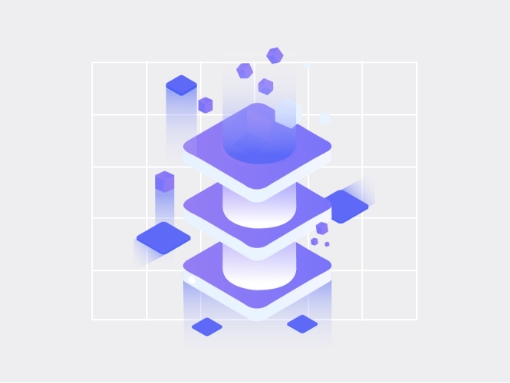The unprecedented events of 2020 have profoundly impacted and accelerated technology trends across the world. COVID-19 brought digital transformation center stage, driving organizations to redefine their digital strategies across the enterprise at breakneck speed. Business models underwent a sea change, with secondary channels for sales, distribution, and customer engagement becoming primary. From off-price retailers going online overnight to apparel and tech giants offering curbside and in-store pick-ups — the market landscape saw tectonic shifts.
The surge in digital transformation has been accompanied by an ever-increasing appetite for data and data-driven insights, which, in turn, is impacting the responsibilities of data and analytics teams in a big way. Here are three important trends that will shape the data landscape in 2021:
Trend #1: Increased monetization of data and a rise in edge computing
Modern data platforms are increasingly making it easier for enterprises to democratize and monetize their data assets. For instance, Snowflake Data Marketplace now enables enterprises to access third-party data from an ecosystem of business partners and customers to gain deeper insights into their business. Such offerings may soon become a mainstay across other data platform providers, making quality and security a ubiquitous part of the universal data fabric.
The explosion in data will be accompanied by the need to enable agile analytics of new data sources.
The demand for faster, data-driven decision making will compress the time taken from acquisition to insights, and data teams will increasingly look towards cloud data warehouses for unconstrained analytics. On the supporting technology front, self-healing databases will become mainstays and will be leveraged to streamline data management processes. The need for processing data in new locations is also expected to increase, which will drive a major shift in the computing paradigm.
Gartner estimates that by 2025 almost 75 percent of enterprise-generated data will be created and processed at the edge, outside traditional data centers or the cloud. If this projection holds, the coming years will see data management professionals leveraging edge computing assets and strategies to manage data differently outside of their premises and even the cloud.
Trend #2: Tighter security and privacy regulations
Recent data breaches at industry-leading enterprises and growing concerns of consumers have collectively invited stronger scrutiny of government security and privacy regulations. This trend will continue to influence data management strongly in 2021 and beyond.
Depending on the organization’s geographical footprint, data and analytics professionals can expect more regulations/compliance standards based on statutes such as HIPAA, GLBA, the GDPR, and CCPA. Data management teams and cybersecurity experts will remain at the helm of security frameworks and will be expected to demonstrate a concerted effort for responsibly handling customer information and other sensitive data.
As remote working continues to be the norm, enterprises will also need to bolster insider threat detection capabilities and look beyond traditional, inflexible RDBMS technology stacks that limit threat detection to a few applications. With the irreparable loss of customers’ trust at stake, data leaders will need to bolster the tools, processes, and talent used for security and privacy and actively work to build a resilient enterprise.
Trend #3: Increased hyper-personalization powered by AI and ML
Across industries, enterprises are applying artificial intelligence (AI) and machine learning (ML) to multiple use cases — from smart speakers and chatbots to self-driving cars and virtual assistants. Powered by sophisticated information management algorithms, AI-led solutions are helping businesses deliver dynamic customer experiences and improved customer support. In 2021 we will see a razor-sharp focus on hyper-personalization powered by the increased use of AI. This will put data professionals in the spotlight as the scale, quality, and analysis of customer data will need constant attention and management.
Additional data sources will also mandate the need for advanced analytics as new KPIs will have to be accurately measured and tracked. Moreover, microtrends in AI such as natural language processing (NLP)-based interfaces for analytics may ease some of the burden by empowering business users to get quick answers to their analytics queries through natural language questions. Similarly, conversational AI for the search for and discovery of information will gain traction and help retailers enhance the customer experience.
A final word
With rapid digital transformation, the rise in edge computing, and the surge in hyper-personalization, pervasive data intelligence will continue to be of utmost importance in 2021 and beyond. New strategies will unfold for managing massive volumes of data, minimizing IoT data challenges (such as security and scalability) and leveraging edge, fog, and cloud computing for seamless real-time data processing and analytics. The imminent rollout of 5G worldwide will further transform the data and analytics landscape in new ways, increasing the demand for modern enterprise data warehouses and redefining the possibilities of edge computing.
With COVID-19 clouding the horizon, businesses have a crucial year ahead of them. Data leaders can focus their efforts on building smart technology capabilities and streamlining processes to help drive efficiency, scalability, agility, and growth across the enterprise.
Copyright 2021 by TDWI, a division of 1105 Media, Inc. Reprinted by permission of TDWI. Visit TDWI.org for more information.
Recent Posts
View more postsBlog
Blog
Blog
Blog








